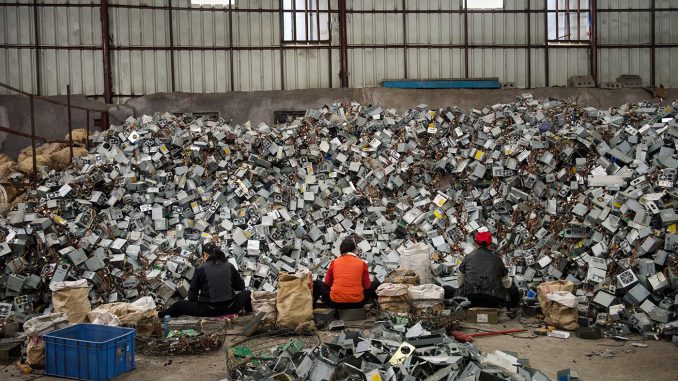
New Delhi: The world produced 44.7 million tonnes of electronic waste (e-waste) in 2016, enough to build nine great pyramids of Giza, according to a United Nations-backed report released this week.
This includes two million tonnes generated in India, which has one of the fastest growing electronics industries in the world. Besides, electronics import also adds to waste.
Improper disposal of e-waste leads to toxicity from exposure to lead, cadmium, chromium, brominated flame retardants and polychlorinated biphenyls through inhalation or because of buildup in the environment.
India’s e-waste production is likely to touch three million tonnes in 2018. Industries are the major contributors, generating 70% of the e-waste while about 15% comes from households, according to an Assocham-KPMG analysis.
Mobile and telecom equipment is a large part of India’s e-waste output, accounting for about 12% of all e-waste.
India’s mobile subscriptions crossed 1.2 billion in January 2017, according to an Ericsson Mobility Report, while globally, the numbers stood at 7.6 billion in the first quarter of the year.
The rules lay down progressive targets based on the waste generated by manufacturers. However, the environment ministry proposed lowering targets this October after the industry argued that meeting the disposal targets were not achievable given India’s poor state of e-waste collection and disposal.
The report also puts a spotlight on deficiencies of India’s current e-waste management.
“The formal e-waste recycling sector in India is currently being developed in major cities. However, informal recycling operations have been in place for a long time, with over one million poor people in India involved in manual recycling operations,” the report said.
“Most of these people have very low literacy levels with little awareness of the dangers of the operations,” it said.
The report was published by United Nations University in collaboration with International Telecommunication Union and International Solid Waste Association.
Source: Hindustan Times

Leave a Reply